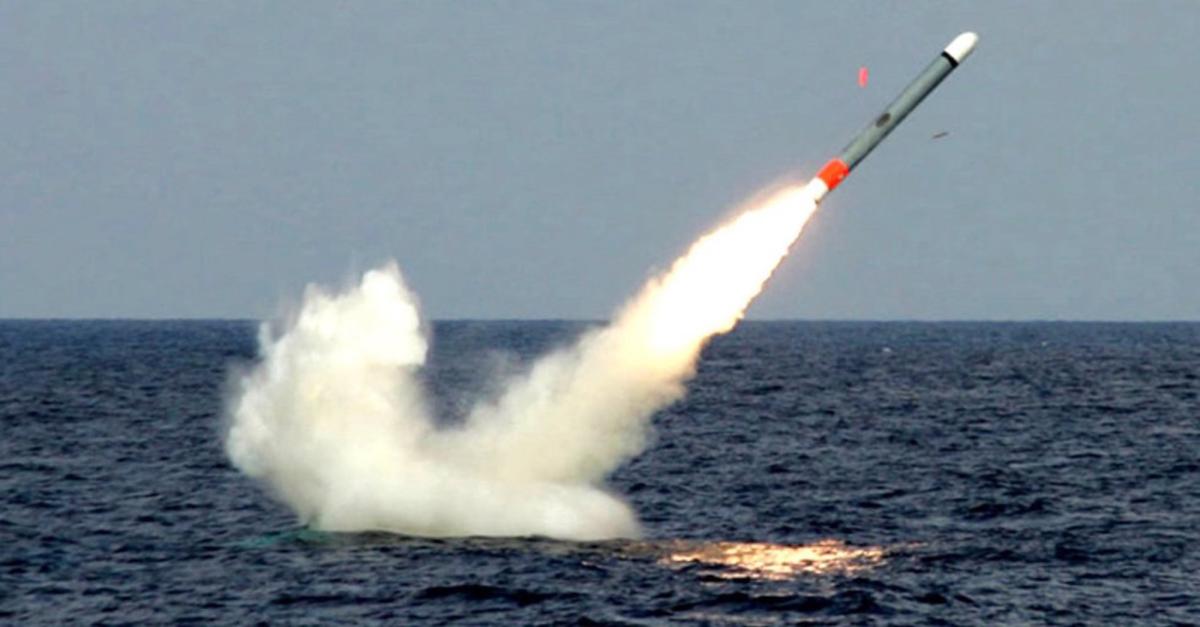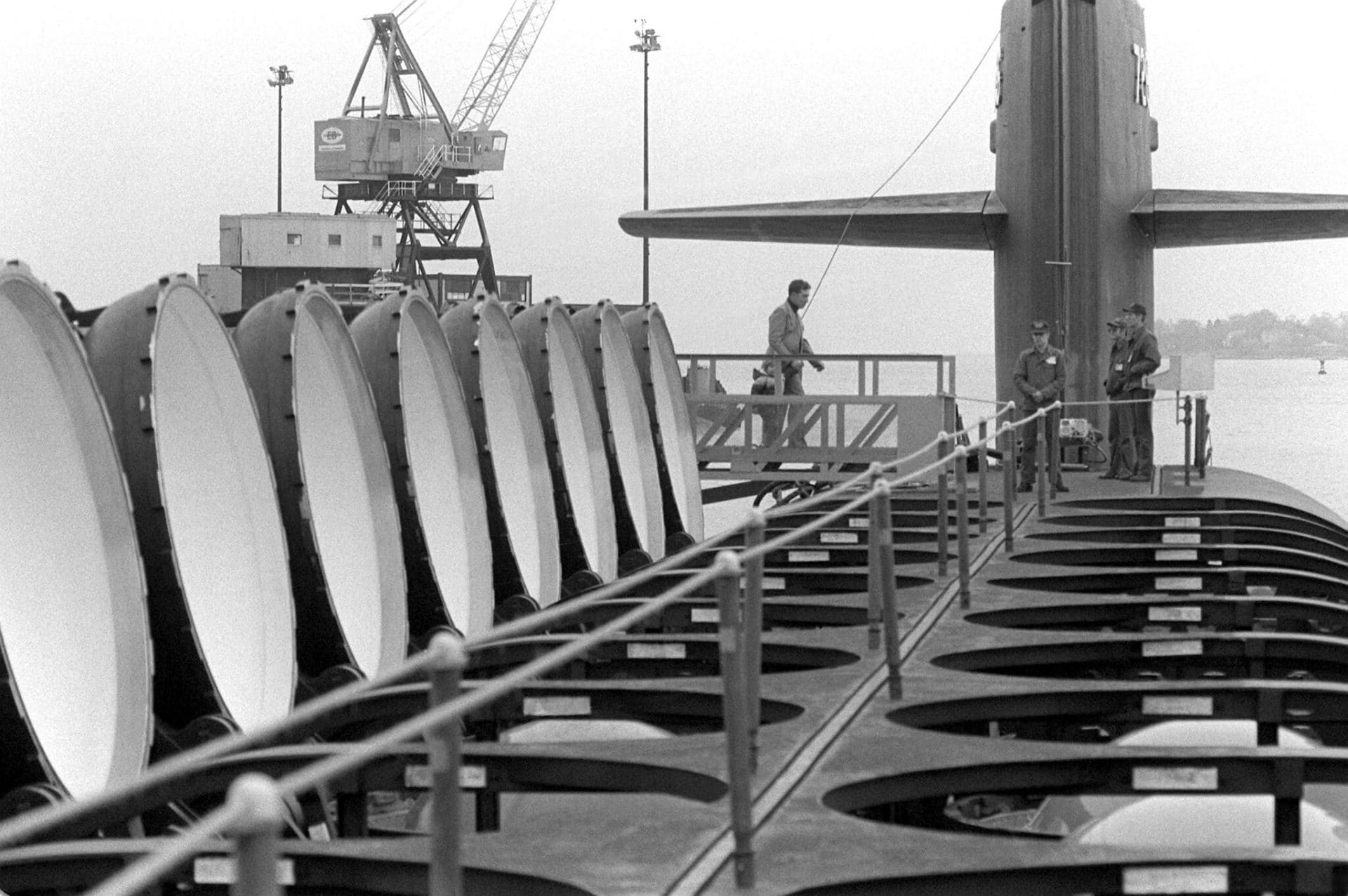The Biden administration has opted to cancel the development of a sea-launched nuclear cruise missile, one of two new nuclear weapons approved by the Trump administration.
The Trump administration’s 2018 Nuclear Posture Review recommended the development of two new nuclear weapons: a new nuclear-tipped sea-launched cruise missile and the W76-2 nuclear warhead, a low-yield nuke launched from submarines that first deployed in 2019.
However, the Biden administration believed that even by canceling the cruise missile project, the US would not only maintain sufficient capability to confront Russia and China but would also lend weight to the nuclear disarmament campaign.
Plans for the new missile have been shelved, according to a senior defense official who spoke to Nikkei Asian Review. Additionally, the full “Nuclear Posture Review,” a set of rules for nuclear weapons policy, will be released by the US Defense Department by the end of this month.
The review’s major objective has been on how the US would approach the development of the two weapons. Both are designed to be installed largely on submarines and were advocated by the Trump administration to dissuade Russia and China.
The weapons are designed for small-scale attacks on enemy military locations or vital infrastructure, rather than large-scale attacks on urban areas.

According to the senior official, the US maintains a varied nuclear force to prevent enemies from using nuclear weapons in limited circumstances.
“The US government considered a variety of regional deterrence contingencies as part of the 2022 ‘Nuclear Posture Review.’ As part of the analysis, the review affirmed the need to deter limited nuclear use by adversaries. The United States applies tailored deterrence strategies, and maintains a variety of nuclear capabilities to address this need,” the official said.
However, it appears that US military authorities are dissatisfied with this choice. On March 30, the commander of US and NATO forces in Europe testified before Congress that he supported the development of a nuclear-capable sea-launched cruise missile.
The nuclear-capable cruise missile was designed to be positioned near the point of confrontation, instead of on strategic ballistic missile submarines far out at sea. This missile would help eliminate any Russian or Chinese misgivings that the US would be unable to respond in the event of a limited nuclear strike.

Nevertheless, the development is the most recent in a string of back-and-forth decisions by various administrations on the usefulness of a nuclear-armed cruise missile that could be fired from destroyers or Virginia-class attack submarines.
Former President Barack Obama advocated for a “world without nuclear weapons.” In 2010, Obama said that he will phase out the nuclear cruise missile in order to lead the world in nuclear disarmament. The Trump administration, on the other hand, announced the development of a missile, with a target deployment date of 2030. The Biden administration is now demonstrating a desire to return to the values of Obama.
The Navy requested $15.2 million last year to start research and development on the SLCM-N and a nuclear warhead that would accompany it. However, The Pentagon’s budget request for the fiscal year 2023 eliminates funding for the SLCM-N program.
The Fate Of Low-Yield Warhead
The US would continue the development of low-yield nuclear weapons to deter China and Russia, the report said. By early 2020, the US Navy will have deployed low-yield nuclear warheads on submarine-launched ballistic missiles (SLBMs).
The development of nuclear cruise missiles will be discontinued because a low-yield nuclear warhead fitted to an SLBM provides a sufficient deterrent. “Given the deterrence contribution of the W76-2 SLBM warhead [a low-yield warhead] and other capabilities, and its estimated cost in light of other nuclear modernization and defense priorities, the SLCM-N [a sea-launched nuclear cruise missile] program was canceled,” the official added.

When queried about the W76-2, another senior defense official stated that “no change there,” implying that the next Nuclear Posture Review, which will be presented in the coming weeks, will maintain support for the low-yield warhead.
The Pentagon proposed $34.4 billion for the nuclear enterprise in FY23, including $4.8 billion for nuclear command, control, and communications, according to a budget fact sheet.
The Navy has asked about $6.3 billion for the Columbia-class submarine, which is the leg of the nuclear triad. Likewise, the Air Force is seeking $5 billion for the B-21 bomber and $3.6 billion for the Ground-Based Strategic Deterrent, which will supplant Minuteman III intercontinental missiles.
- Contact the author at ashishmichel@gmail.com
- Follow EurAsian Times on Google News




